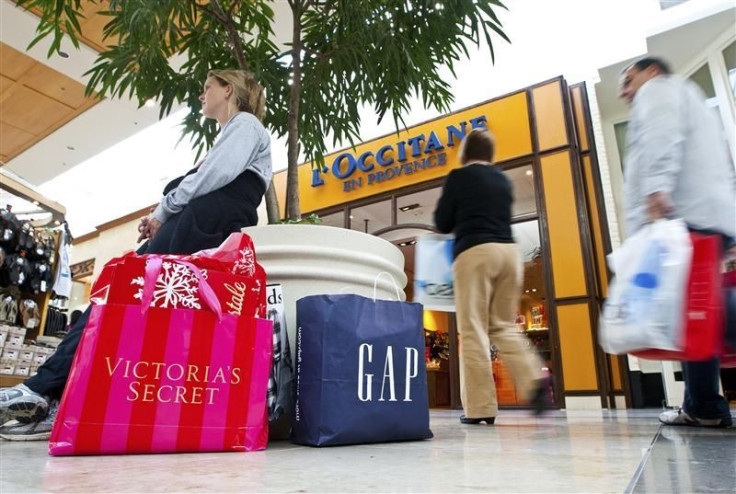U.S. Consumer Price Index Rose 0.2% in January, Less than Expected

The U.S. consumer price index rose less than forecast in January as prices for household energy and used automobiles cooled, supporting the Federal Reserve's view that inflation will remain in check.
The consumer price index increased 0.2 percent from December to January, the Labor Department said Friday. Economists polled by Thomson Reuters forecast an increase of 0.3 percent. Overall inflation was up 2.9 percent year-over-year, compared with December's 3.0 percent.
In spite of a tremendous amount of stimulus, we haven't seen much response from inflation, John Makin, an economist at the American Enterprise Institute in Washington, said before the report. In fact, we are beginning to see headline inflation moderate.
After hitting a 3.9 percent year-over-year increase in September, inflation has come down gradually.
At a time when short-term interest rates are close to zero, and wage growth for much of 2011 was under 2 percent, almost 4 percent of inflation was painful, said Ken Mayland, president of ClearView Economics LLC in Pepper Pike, Ohio.
We are in for a spell of lower inflation and that's definitely a good thing, Mayland said.
A closely watched inflation gauge that strips out volatile food and energy prices rose 0.2 percent in January and is up 2.3 over the year, slightly above the Federal Reserve's preferred range of less than two percent.
The energy index rose slightly in January, increasing 0.2 percent after declining in each of the three previous months. The gasoline index rose 0.9 percent after declining the three previous months.
In contrast, the household energy index declined 0.6 percent. The fuel oil index rose 1.4 percent but the natural gas index declined 2.9 percent, its fourth consecutive decrease. The index for electricity was unchanged in January.
Food prices climbed 0.2 percent, the same increase as in December.
The government's food at home index, which excludes takeout orders and restaurant purchases, was unchanged as the major grocery store food groups were mixed. The index for dairy, meats, poultry, fish and eggs rose, while prices for fruits and vegetables fell.
The cost of shelter increased 0.2 percent, while clothing prices reversed its decline in December, rose a sharp 0.9 percent in January.
FOMC
The U.S. Federal Reserve is not yet ready to launch another round of quantitative easing (QE3) unless economic data disappoint, according to the minutes of its January policy meeting.
Only a few members of the Federal Open Market Committee thought that current economic conditions could warrant the initiation of additional securities purchases before long.
Others indicated that action would become necessary if the economy lost momentum or price gains seemed likely to remain lower than the Fed's two percent goal, the minutes continued.
The idea that more will work is not proven, Makin said. So I don't think it's a compelling argument for QE3.
The Fed expects the economy to grow 2.2 percent to 2.7 percent this year. They see the jobless rate ending the year at 8.2 percent to 8.5 percent, and prices rising 1.4 percent to 1.8 percent, below their two percent goal.
We think that if economic growth weakens over the next few months, then QE3 will come under serious consideration, but if the economy grows moderately, as we expect, QE3 will not be seen as needed, Dean Maki, chief U.S. economist at Barclays Capital, said in a Feb. 16 research note.
© Copyright IBTimes 2024. All rights reserved.





















